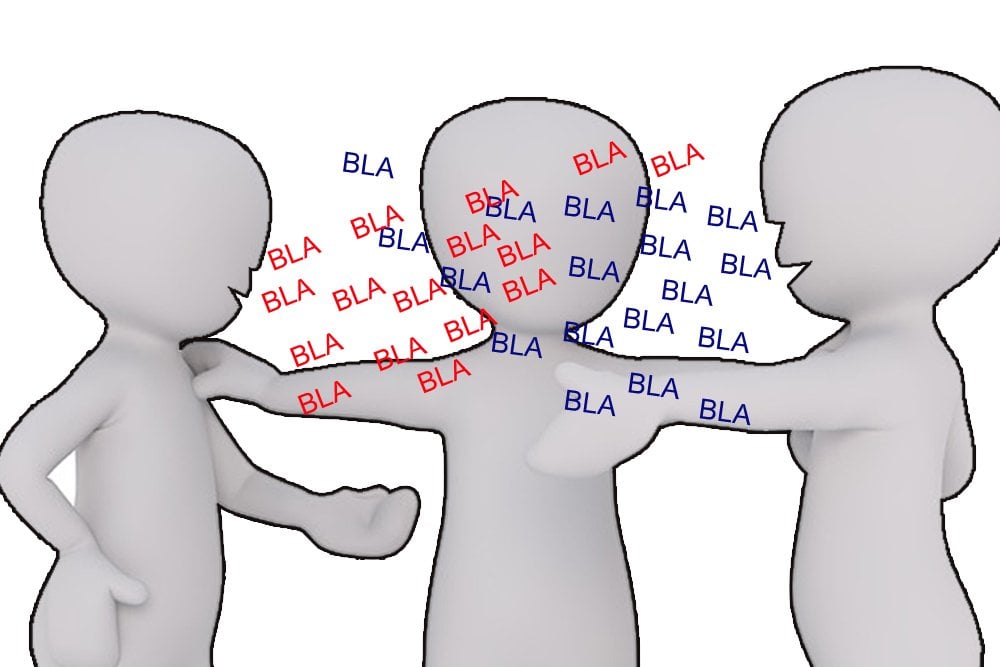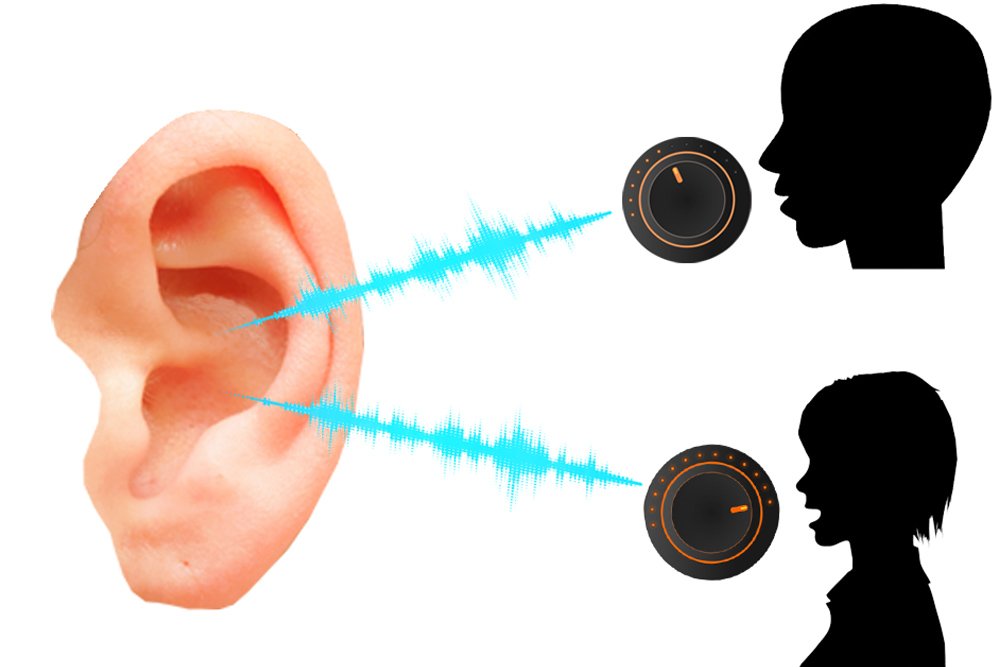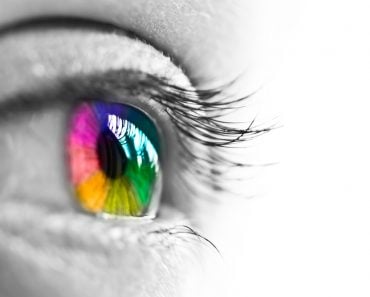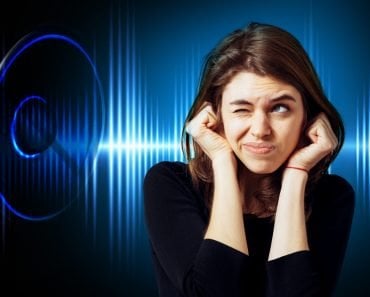Table of Contents (click to expand)
One theory suggests that when there are several sounds, a filter in our brain eliminates unwanted sound. We hear all the sounds, but only the important ones are passed along to the processing unit. Another theory suggests that when we are in an environment with multiple auditory inputs available, due to our restricted attention capacity, we focus only on certain inputs. However, this doesn’t mean that the others don’t percolate into our brain. The sounds that are unimportant to us are simply dulled out.
Selective Auditory Attention – It sounds like a fancy term, but it’s something that we’re all very aware of. It is simply our ability to tune out other unimportant sounds and only focus on the voice or sound that we desire. Commonly called the ‘cocktail party effect’, this concept was first brought to researcher’s attention in 1953 by Colin Cherry.
The question is, how do we manage to perform such filtered hearing? As with many of these phenomena, the act of selecting sounds isn’t completely understood. In fact, the answer has eluded scientists for a very long time. Various theories have been presented and worked on by other researchers, but a 100% definitive answer is still lacking.
Recommended Video for you:
Selective Auditory Attention
Let’s take the classic example where this concept originated – a cocktail party. In such a setting, there are many different conversations going on around you, not to mention other sounds, like music playing, for example. However, you still manage to focus on the sob story that your companion is telling you for the umpteenth time. Then, a few feet away, you hear something that piques your interest, and you quickly direct your attention there. This is selective auditory attention.
Based on the latest and most popular theory agreed upon by researchers, it is required by humans for the simple reason that our attention capacity is rather limited. It is not impossible for us to focus on everything at the same time, as we are not equipped to do so. Therefore, we need to segregate and filter out the important stuff from the unimportant stuff.

How Does Selective Auditory Attention Work?
Here is the tricky, unclear part. Over time, a number of theories have been postulated to explain this feature. The first suggestion was that it works on the basis of a filter. This theory suggested that when there are several sounds, a strict filter in our brain eliminates unwanted sound. We hear all the sounds, but only the important ones are passed along to the processing unit. We may register basic details about the other unwanted sounds, such as location, but specific details about it go unnoticed. This theory was suggested by Broadbent, and while this set the base for other future theories, it was flawed.
Let’s go back to our cocktail party, specifically the time you heard something from nearby that piqued your interest. According to Broadbent’s theory, this should not have been possible, as you wouldn’t have registered the details of the other conversations going on around you. After this, a number of other theories were suggested, but let’s jump to the most accepted one.
When we are in an environment with multiple auditory inputs available, due to our restricted attention capacity, we focus only on certain inputs. However, this doesn’t mean that the others don’t percolate into our brain. The sounds that are unimportant to us are simply dulled out. Think of it like multiple speakers playing various songs. For the songs that are not to your liking, you can reduce their volume, but this doesn’t mean that you won’t hear them. Whenever a speaker changes the song it’s playing, and switches to something you like, you can detect the change and turn up the volume, i.e., shift more attention there, if desired.

This is exactly what happens in our brain. We “hear” all the sounds, and inside they are segregated into wanted and unwanted. The volume of the unwanted sounds is simply reduced, so we can still register tiny details in those other sounds.
Selecting The Sound
The sounds that we segregate as wanted and unwanted depend on various factors. The physical parameters of the sound play a role in this selection. For instance, it is easier to focus on sounds that originate closer to you. Even the number of other inputs that must be supressed play a role. It’s easier to focus on one conversation amongst five others, as compared to focusing on one amongst ten others, even if the sound is close to you.
Internal factors also play a role in this selection process. For instance, even if you’re a little further away from someone talking about an interesting subject, you can still filter out other sounds and focus on what they’re saying. Visual cues have also been said to help in focusing on a single sound. It is easier to focus on what a person is saying if you can see the movement of their lips as well, as compared to when you can’t see their mouth moving.

Another thing that affects the selection of the sound is how differently we perceive 2 competing sounds. The more differently we perceive the various sounds, the easier it is for us to focus on a single one.
Hopefully, as research progresses, we will get a better understanding of how we manage to select various sounds and auditory inputs like this. Let’s be thankful for the ability though. I’m positive that I, for one, would go absolutely crazy if I had to give equal focus to every conversation going on around me!












